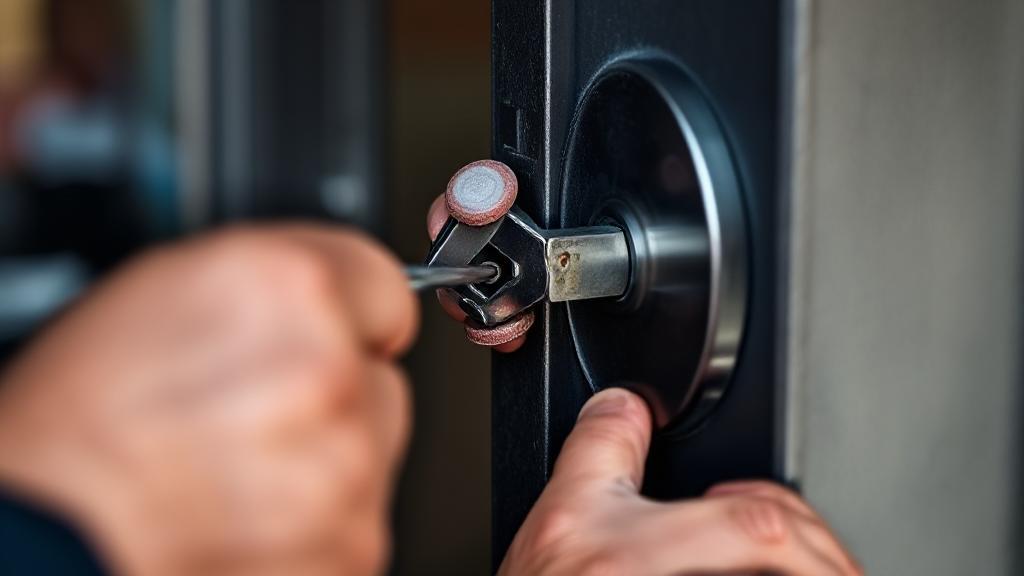Introduction
Locks are an essential part of our daily lives, providing security and peace of mind. However, there are times when you might find yourself locked out of your own property, whether it's your home, car, or a safe. Understanding the legal and safe methods for breaking a lock can save you time and frustration during a lockout situation.
Understanding Lock Types and Mechanisms
Before attempting to break any lock, it's important to understand the different types you might encounter. Common varieties include padlocks, deadbolts, combination locks, and electronic locks. Locks operate through a series of pins or levers that must be lifted to the correct height to allow the lock's cylinder to turn. For those interested in learning more about lock mechanisms, the Locksmithing Wikipedia page provides a comprehensive overview.
Legal Considerations
Breaking a lock is only legal in specific circumstances:
- When you own the lock
- When you have explicit permission from the owner
- In emergency situations
- As a licensed locksmith
- For professional training purposes
Many jurisdictions have specific laws regarding:
- Lock picking tool possession
- Lock manipulation
- Property access rights
- Emergency entry procedures
Non-Destructive Entry Techniques
Lock Picking
Lock picking is a skill that involves manipulating the components of a lock to open it without a key. This method requires practice and the right tools, such as a tension wrench and a set of lock picks. There are numerous resources available online, such as Lock Picking 101, where you can learn the basics and improve your skills.
Bump Keys
A bump key is a specially crafted key that can open many types of locks. It works by applying a small amount of force to the lock pins, causing them to jump and align with the shear line. While effective, using bump keys requires precision and can potentially damage the lock if not done correctly.
Bypassing
Some locks can be bypassed without picking or using a key. This method involves exploiting weaknesses in the lock's design. For example, certain padlocks can be opened by shimming, which involves inserting a thin piece of metal between the shackle and the body of the lock.
Professional Solutions
Contacting a Locksmith
The safest and most reliable method is contacting a professional locksmith. The Associated Locksmiths of America (ALOA) maintains a directory of certified professionals who can help you legally access your property. Locksmiths have the expertise and tools to open locks safely and legally.
Destructive Entry Techniques
When non-destructive methods fail, destructive techniques may be necessary as a last resort:
Drilling
Warning: This method permanently destroys the lock
Drilling requires:
- Proper safety equipment
- Correct drill bits
- Knowledge of lock mechanisms
- Authorization to destroy the lock
Bolt Cutters
For padlocks and chains:
- Ensure you have proper authorization
- Wear appropriate safety gear
- Choose the correct size bolt cutter for the lock
- Keep bystanders at a safe distance
Prevention Tips
To avoid needing lock-breaking services:
Digital Solutions
Modern technology offers alternatives to traditional locks:
- Smart locks with backup access methods
- Biometric security systems
- Keypad entry systems
- Remote access capabilities
"Prevention is always better than cure. Invest in quality locks and maintain multiple secure access methods." - Security Professionals Association
Professional Training
For those interested in legitimate lock manipulation:
- Take certified locksmith courses
- Join lock sport communities
- Attend security conferences
- Practice on training locks
For more information on lock security and techniques, websites like The Open Organisation Of Lockpickers (TOOOL) and the Better Business Bureau offer valuable resources and community support.
